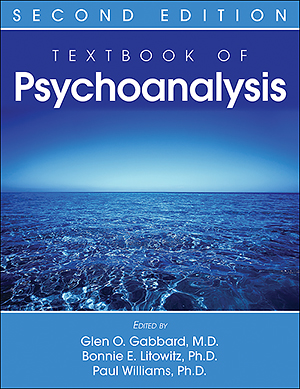Chapter 15.Relational Psychoanalysis
Sections
Excerpt
The contemporary relational tradition, like all psychoanalytic visions, emerged as a product of its time and place. After the fall in dominance of the classical ego psychology model in the United States, relational psychoanalysis was the first approach to develop in an atmosphere of theoretical pluralism. It is the first, and one of the only, psychoanalytic schools of thought developed not by a single founder but by a large group of contributors. Consequently, the relational paradigm is characterized by an emphasis on pluralism and multiplicity, emphasizing “both/and” rather than “either/or.” Throughout its history, psychoanalysis has tended to be caught in binary oppositions such as conscious/unconscious, intrapsychic/interpersonal, inner world/outer behavior, conflict/-deficit, oedipal/pre-oedipal. However, the relational approach emphasizes moving beyond these dichotomies by thinking dialectically, attempting to search for a third term in order to create a space within which the tension of these binaries can be held in anticipation of the continual reversal of figure and ground (i.e., that aspects of the relationship may be in the foreground at some moments but then recede to the background when interpretation is in the forefront). The exploration of meaning in context is emphasized. The analyst and the analytic process are viewed as both fully personal and entirely professional, and the unique individuality of each analytic dyad is highlighted.
Access content
To read the fulltext, please use one of the options below to sign in or purchase access.- Personal login
- Institutional Login
- Sign in via OpenAthens
- Register for access
-
Please login/register if you wish to pair your device and check access availability.
Not a subscriber?
PsychiatryOnline subscription options offer access to the DSM-5 library, books, journals, CME, and patient resources. This all-in-one virtual library provides psychiatrists and mental health professionals with key resources for diagnosis, treatment, research, and professional development.
Need more help? PsychiatryOnline Customer Service may be reached by emailing [email protected] or by calling 800-368-5777 (in the U.S.) or 703-907-7322 (outside the U.S.).



